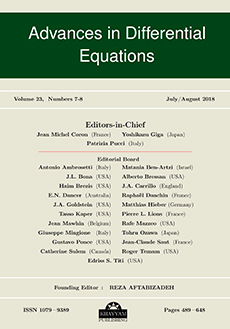Articles
Jaime Angulo Pava
Luc Molinet
Sorin Micu
Hideo Takaoka
Oliver Rey

